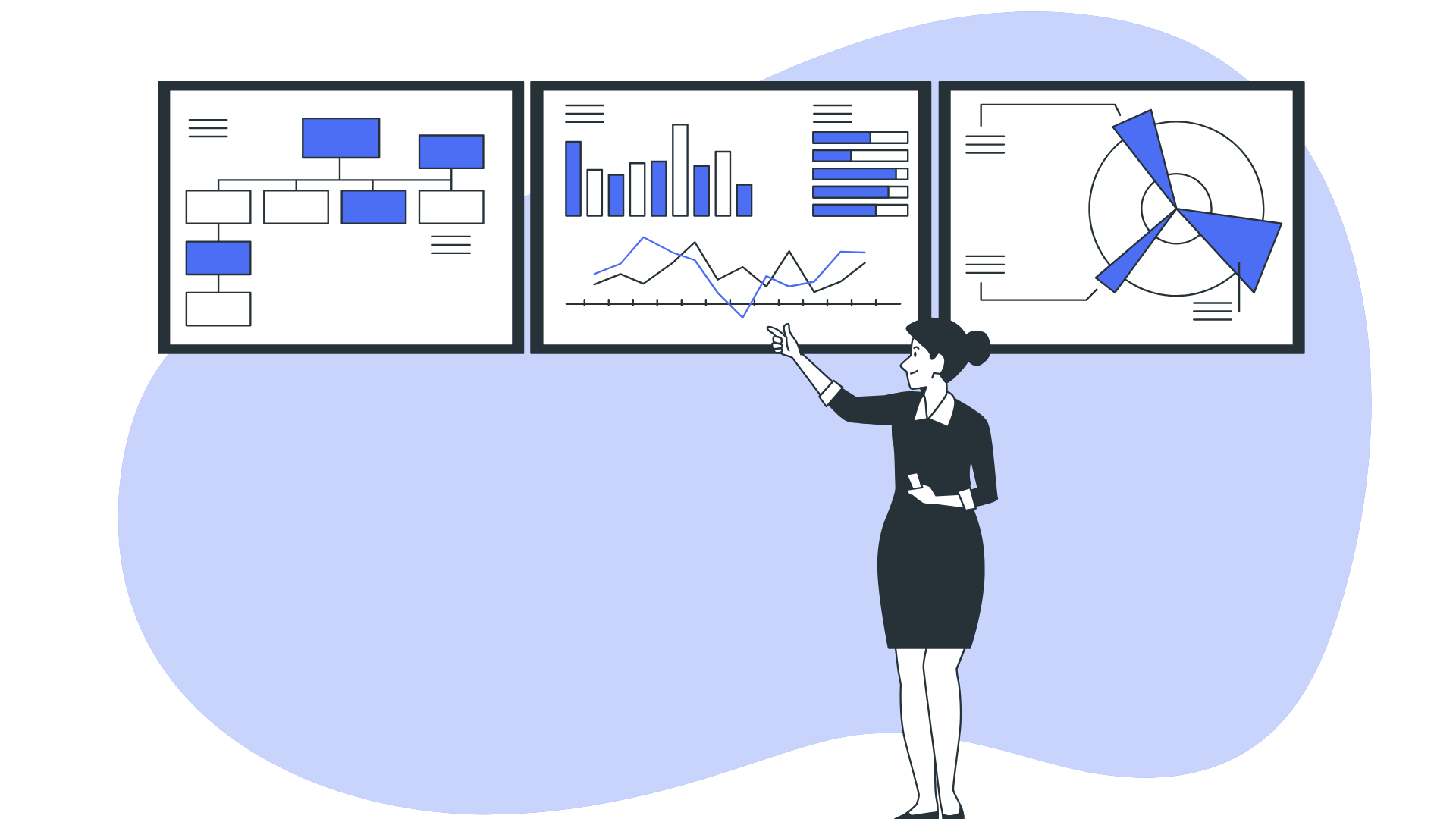Ready to revolutionize your data journey with Infoveave?
Recent Blogs
- Marketplace Visibility: Gaining the Competitive Edge with a Unified Data Platform
- 5 Ways Automated Data Pipelines Improve Analytics and Reporting
- 10 Ways AI for Workflow Automation Can Revolutionize Your Business in 2025
- How to Bridge the Gap Between Operational and Analytical Data for Better Decision-Making
- What is ETL and Why It Matters for Your Business Data?
BI Reporting in 2025: A Practical Step-by-Step Guide
Introduction
Business intelligence (BI) reporting has become an essential part of decision-making. With growing data complexity, businesses need structured insights to stay competitive. This guide walks through the process of BI reporting in 2025, focusing on practical steps that make reporting efficient and valuable.

What Is BI Reporting?
BI reporting is the process of collecting, analyzing, and visualizing data to help businesses make informed decisions. It translates raw data into structured reports, offering insights on trends, performance, and opportunities.
Why Is BI Reporting Important?
- Helps in tracking business performance.
- Identifies patterns and trends.
- Supports data-driven decision-making.
- Improves operational efficiency.
Step-by-Step Guide to BI Reporting
Step 1: Define Your Objectives
Before creating a report, clarify its purpose. Ask:
- What business problem are you solving?
- Who will use the report?
- What decisions will this report support?
Clearly defined goals ensure that BI reports remain focused and actionable.
Step 2: Identify the Right Data Sources
BI reporting relies on accurate and relevant data. Identify sources such as:
- Databases (SQL, NoSQL, cloud data warehouses)
- CRM and ERP systems
- Marketing platforms (Google Analytics, social media insights)
- IoT and operational data
Ensure data is clean and consistent before proceeding.
Step 3: Extract, Transform, and Load (ETL) Data
Data from multiple sources often requires transformation. The ETL process ensures data is:
- Collected correctly (extraction)
- Cleaned and structured (transformation)
- Stored efficiently (loading)
Modern BI tools offer automated ETL features, reducing manual effort.
Step 4: Choose the Right BI Tool
BI tools differ in functionality, usability, and integration capabilities. Some options include:
- Infoveave (for data unification, automation, and insights)
- Power BI
- Tableau
- Looker
- Qlik Sense
Select a tool that aligns with your business needs and technical capabilities.
Step 5: Build a Data Model
A data model structures how information connects within your BI system. This step involves:
- Defining relationships between datasets.
- Creating hierarchies for drill-down analysis.
- Optimizing performance for large datasets.
A well-designed data model improves report accuracy and speed.
Step 6: Design Your BI Report
Effective BI reports are:
- Clear: Avoid clutter and focus on key insights.
- Interactive: Allow users to filter, drill down, and customize views.
- Visual: Use charts, graphs, and KPIs to represent data meaningfully.
Consider dashboard design principles to enhance user experience.
Step 7: Automate Report Generation
Manual reporting can be time-consuming. Automation ensures:
- Scheduled data refreshes.
- Alerts for critical changes.
- Consistent report delivery to stakeholders.
BI platforms like Infoveave allow workflow automation, reducing repetitive tasks.
Step 8: Validate and Test Your Reports
Before rolling out reports, test them for:
- Data accuracy.
- Performance issues.
- Usability.
Get feedback from stakeholders and refine reports accordingly.
Step 9: Share and Collaborate
BI reports should be accessible to relevant teams. Options include:
- Embedding reports in internal portals.
- Exporting reports as PDFs or Excel sheets.
- Using BI tool sharing features for real-time collaboration.
Ensure proper access controls to maintain data security.
Step 10: Monitor and Improve
BI reporting is an ongoing process. Regularly:
- Review report usage.
- Optimize performance.
- Update reports based on evolving business needs.
Analytics on report engagement can guide improvements.
Best Practices for BI Reporting in 2025
- Keep It Actionable: Focus on insights that drive decisions.
- Prioritize Data Quality: Inaccurate data leads to misleading reports.
- Make Reports User-Friendly: Non-technical users should easily understand reports.
- Ensure Security and Compliance: Follow data governance policies.
- Leverage AI for Deeper Insights: AI-powered analytics can suggest trends and anomalies.
Conclusion
BI reporting in 2025 is more dynamic and automated than ever. By following these steps, businesses can create insightful, data-driven reports that support strategic decision-making. Whether you’re refining existing processes or starting fresh, a structured approach ensures your BI reporting delivers real value.